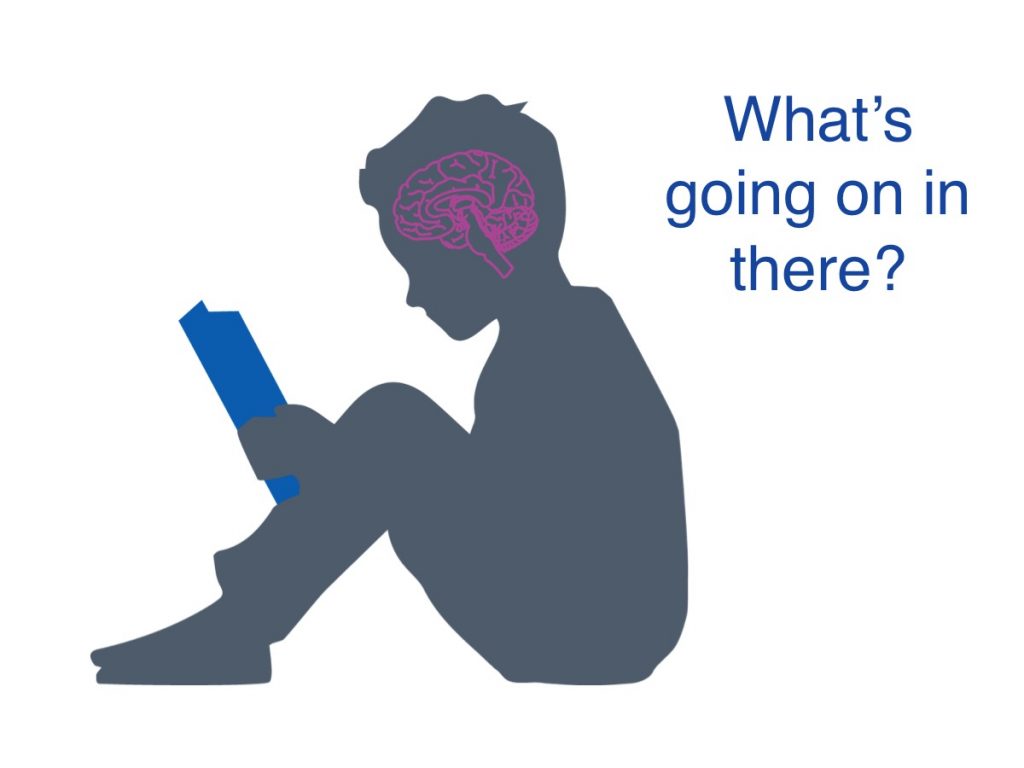
Next we are going to dive into the inner workings of the reading brain. But before we do, let’s take a moment to consider why this is important. You might be asking yourself, “Yes, brain science is cool. But what’s the point of knowing which areas of the brain are responsible for what?” Understanding what’s going on “under the hood” tells us what’s happening in the brain when a child is sounding out a new word and how the brain is changing as they become experts at this skill. It can also give us a clearer picture of what’s happening in the brains of those who struggle with reading. Just as medicine uses biology and aviation uses physics, education can use neuroscience to improve how we teach our children.
-
- Auditory
- related to hearing
- Genes
- the inherited biological ‘recipe’ for appearance and other individual characteristics
- Literacy
- the ability to read and write
- Neurons
- cells located in the brain and throughout the body that are specialized to communicate messages
- Phoneme
- the smallest unit of speech (a sound)
- Phoneme “play”
- manipulating sounds that make up words
- Phonological awareness
- the ability to identify and manipulate individual sounds in spoken language
- Primary visual cortex
- an area in the brain responsible for interpreting visual information
- Retina
- neural cells at the back of the eye that are sensitive to light
- Skilled reader
- a reader who is able to focus on comprehension, rather than on sounding out words
- Visual word form area
- the area of the brain responsible for recognizing words during reading